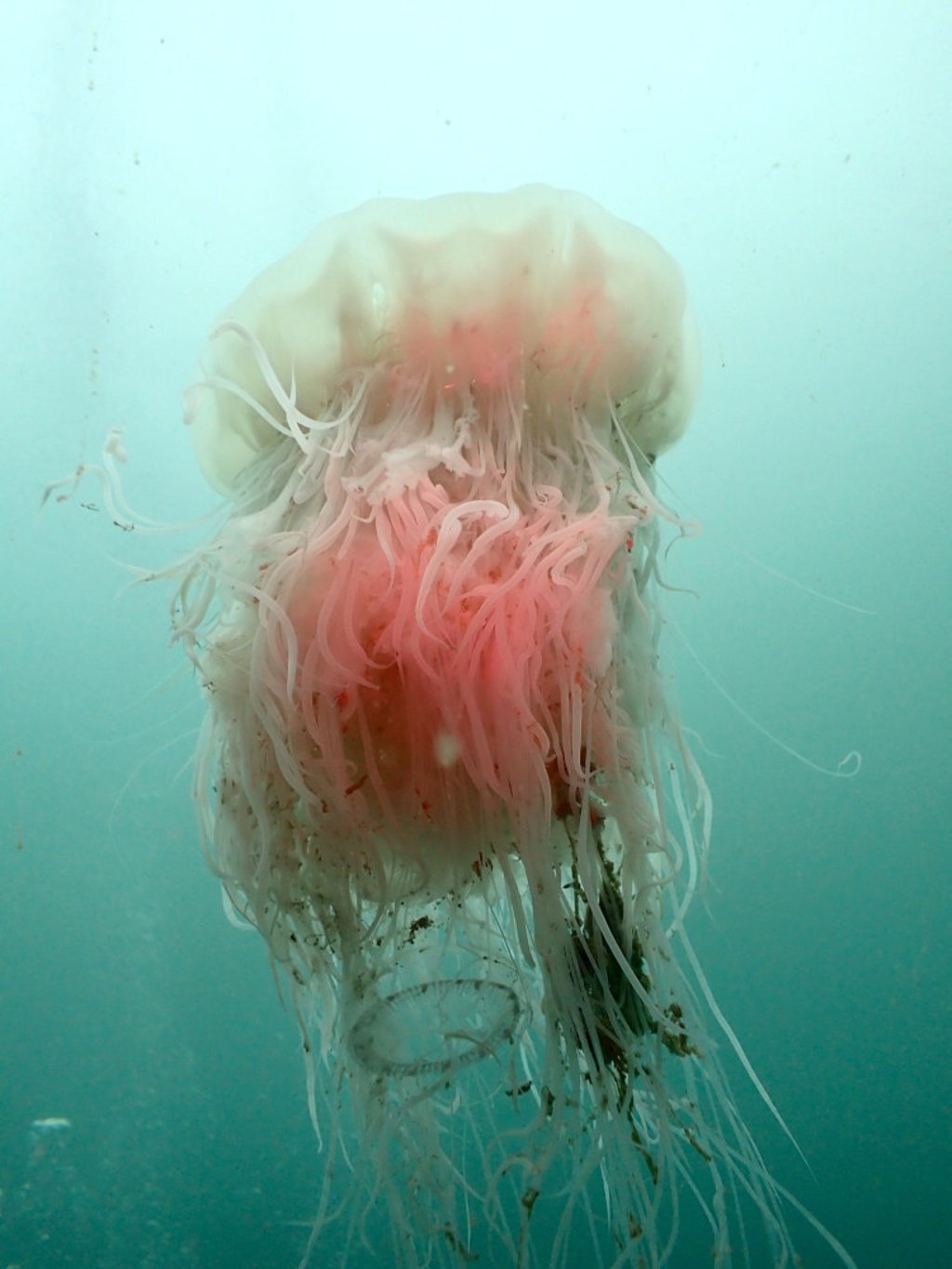From scanning for bats to counting jellyfish, citizen science in action in Hong Kong
- How many jellyfish species swim in Hong Kong waters? How many short-nosed fruit bats roost in its fan palm trees? Citizen scientists can help find out
- Projects to explore the city’s amazing biodiversity are easy to take part in – information can be shared through social media and project websites

In the waters of Victoria Harbour near the Hong Kong Maritime Museum, three jellyfish glide amid the seaweed, floating twigs and marine litter, showing that people don’t have to venture far out to sea to spot them.
These jellyfish, says expert John Terenzini, are Cyanea nozakii, known locally as Lion’s Mane. “It’s a bit confusing because Lion’s Mane is used for a different species internationally – that’s the problem with common names versus scientific ones,” he adds.
It’s not just animal species, but also the environments they inhabit, that benefit from citizen science projects, which feature interested citizens helping to find and collate scientific information, often by monitoring a species or habitat.

Terenzini recently founded the jellyfish project to find out more about the abundance and distribution of jellyfish in Hong Kong waters. Participants have already lodged 266 observations and spotted 32 species.
Jellyfish are found globally, from surface waters to the deep sea, Terenzini says. They have been seen 3,700 metres beneath the surface in the Mariana Trench, in the western Pacific Ocean, the deepest part of the ocean. As both prey and predator, jellyfish play important roles in the food chain, he says.